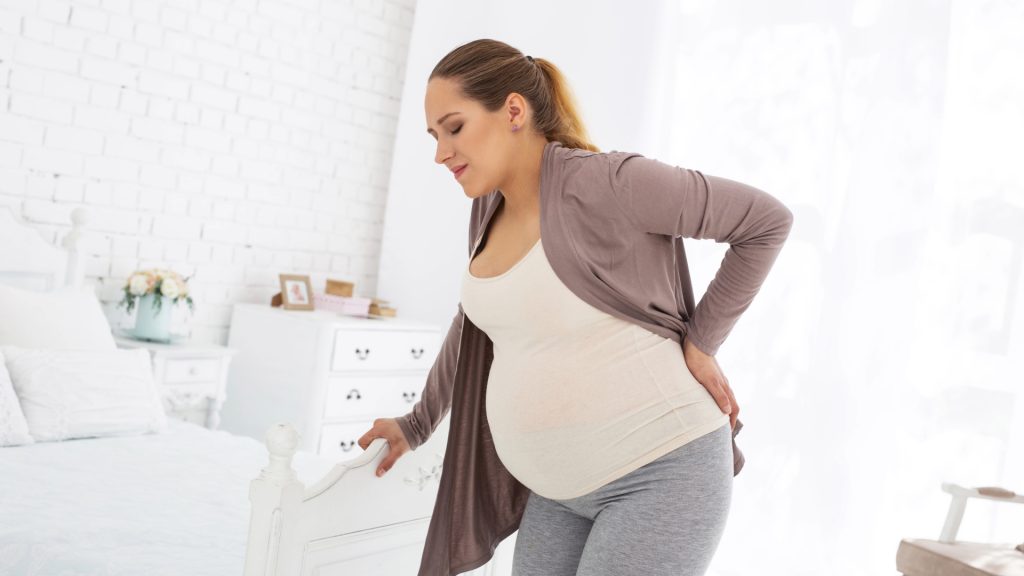
Even a simple daily operation such as washing your back requires a certain amount of mobility and even in this case there are exercises that can be done to facilitate the operation.
The complex act of washing your back in the shower can suddenly prove to be a daunting task, arousing interest in possible limitations in the mobility of the dorsal region. This experience, common to many, could derive from various factors, but excluding serious pathologies that would require medical interventions.
Regaining full dorsal mobility can turn into a scientifically guided and inherently rewarding experience. Let’s explore together the most effective methodologies, through targeted stretching and stretching exercises, to restore fluidity in movements and make the act of washing the back an easy and scientifically supported process.
In the event that the individual recognizes an increase in the usual effort to reach this specific body area, it is plausible to hypothesize the presence of a problem related to the mobility of the spine or shoulder joints. Let’s differentiate the various situations:
Lack of mobility in the shoulder:
- It could be the result of a limited range in the glenohumeral and scapulothoracic joints.
- To regain flexibility, we consider specific exercises such as the Wall Angel and the External Lateral Rotation.
- Angel on the Wall:
- Against a wall, feet wide, knees slightly bent.
- Tilt your tailbone down, pushing your back against the wall.
- Elbows bent at 90 degrees, hands facing outwards.
- Slide your arms along the wall, keeping your back and head snug.
- External Lateral Rotation:
- Lie sideways, elbow bent and palm on your belly.
- Move your shoulder blade back and forth, lifting your palm toward the floor.
- Repeat on both sides.
Tension in the front of the shoulder and pectorals
- It may limit shoulder rotation.
- Solve with the Pectoral Stretch at the Door.
- Stretching the Pectorals at the Door:
- Next to a door, raise your arm to the side.
- Push your forearm and palm against the lintel, moving your foot forward and tilting your torso forward.
- Hold for 30 seconds and repeat on both sides.
Trunk Rotation
- Position yourself on all fours, making sure your hands are aligned with your shoulders and your knees at your sides.
- Keep your hips in an even position and place your right hand behind your head.
- Engage your abs as if preparing for an impending stroke.
- Keep your core contracted as you rotate your mid and upper back down and to the left.
- During this movement, orient your right elbow down and to the left.
- Next, lift your right elbow toward the ceiling, while simultaneously rotating your head and upper back upwards and to the right, trying to reach maximum width.
- Repeat the exercise, this time placing your left hand behind your head and rotating to the right.
Standard Cat Movement
Stand on all fours, take a deep breath and, on an exhale, arch your back upwards like a shaggy cat, lowering your head. As you inhale, lower your back, lifting your head and pelvis upwards.
Inverted Cat
Reverse standard gestures. Exhale to lower your back and inhale to arch it. This contrasting movement is effective in improving the flexibility of the spine. •Torso Twists from Sitting Position: Sitting on the ground with your legs crossed, inhale by bringing one hand to the opposite side of the opposite knee. Exhale as you twist your torso back, keeping your spine straight. This exercise is ideal for improving the lateral flexibility of the spine.
Torso Twists
from the Seated Position: Still sitting, inhale and bring one hand to the opposite side of the opposite knee, but this time also flex the elbow of the opposite arm. On an exhale, you twist your torso backwards. This variant also involves lateral flexion movement, extending the mobility of the spine.
It’s common on social media to find mobility routines for your back and other body districts, but I want to focus on one key point: there is no such thing as a perfect mobility routine. The essence is to understand the physiological movements of our spine, starting from a secure basis to structure a personalized program. In this way, we avoid focusing excessively on one type of movement, promoting a balanced practice. It is essential to recognize that the spine does not move uniformly in all its parts. This awareness broadens our focus, contributing to our overall well-being. We cannot separate the thoracic mobility needed for everyday actions such as brushing teeth from lower back and cervical mobility. These regions are interconnected and mutually influence movement.
A stable core, capable of handling upward and downward pressures, creates a solid foundation for any type of movement, whether it is bending, extending or rotating. Not only does this simplify day-to-day tasks, but it also serves as a long-term preventative against potential injuries. Stimulating the mind and being present during the exercises allows us to focus on the fundamental movements of the thoracic spine, triggered by breathing. These movements are mechanically unrepeatable by any instrument, except by our willingness to mobilize and drain the container that houses the cardiovascular and respiratory systems through intense and deep breathing. Only with this global vision can we work in the long term to prevent injuries and prolong the state of well-being.
—-
BIBLIOGRAPHY 1.Luca Venturi – Blog post: •Venturi, L. (2020). Core muscle activity during fitness exercises. [Online] Available at: https://www.lucaventurichinesiologo.it/2020/07/04/attivita-della-muscolatura-del-core-durante-gli-esercizi-di-fitness/ (Accessed: [24/11/2023])
2.Research Article: •Hlaing, S. S., Puntumetakul, R., Khine, E. E., & Boucaut, R. (2021). Effects of core stabilization exercise and strengthening exercise on proprioception, balance, muscle thickness and pain related outcomes in patients with subacute nonspecific low back p a i n : a r a n d o m i z e d c o n t ro l l e d t r i a l . [ O n l i n e ] Av a i l a b l e a t : h t t p s : / /www.ncbi.nlm.nih.gov/pmc/articles/PMC8630919/ (Accessed: [24/11/2023]).
3.Scientific Article on ScienceDirect: •[J.M. Vital a, M. Messina b, L. Sénégas c/i], (2023). Rehabilitation of thoracolumbar spine fractures without neurological disorders [Online] Available at: https://doi.org/10.1016/S1283-078X(23)47680-8 (Accessed: [24/11/2023]).


